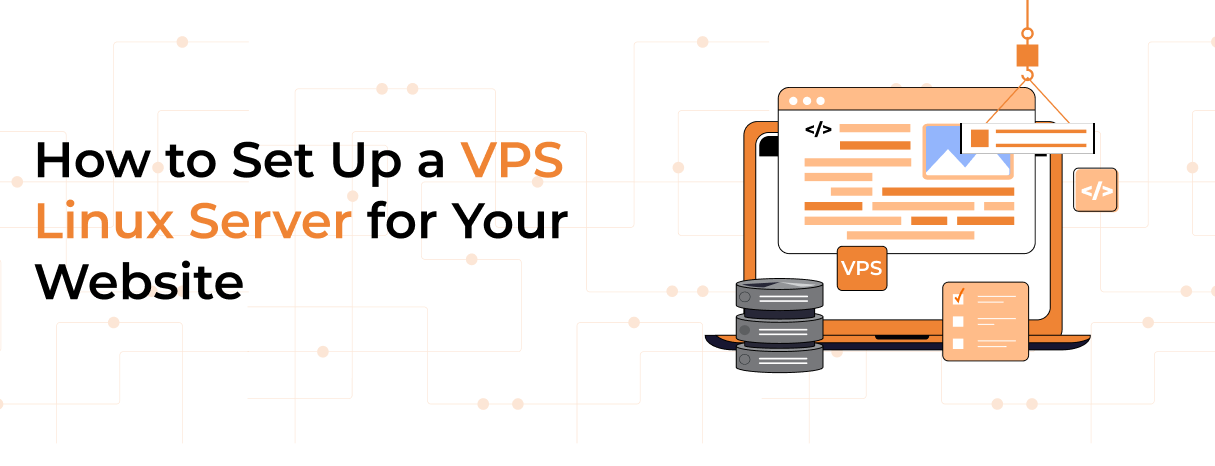In today’s fast-paced digital world, website loading speed is crucial for user experience, search engine ranking, and overall online success. A slow-loading website can lead to higher bounce rates, lower engagement, and decreased conversions. At HostByte, we understand the importance of a fast website and offer solutions to help you achieve optimal performance. Here are ten tips to improve your website loading speed.
Table of Contents
Top Improvements for Website Loading Speed
A perfect domain name is short, memorable, and easy to spell. It captures the essence of your brand and ensures that visitors can easily find and remember your website. Here are some tips to achieve this:
1.Optimize Images
Images are often the largest elements on a webpage, and you need more optimized images to significantly slow down your site. To optimize images:
- Compress images using tools like TinyPNG or JPEG-Optimizer.
- Use the appropriate file format (JPEG for photos, PNG for graphics with transparency).
- Implement responsive images with the “srcset” attribute to serve different image sizes based on the user’s device.
2. Enable Browser Caching
Browser caching stores static files on users’ devices, reducing the need to download them again on subsequent visits. You can improve your website’s loading time for returning visitors by enabling browser caching. To set up browser caching:
- Add caching headers to your .htaccess file (for Apache servers) or your server configuration (for Nginx servers).
- Use plugins like W3 Total Cache (for WordPress) to automate the process.
3. Minimize HTTP Requests
Every element on a webpage (images, scripts, stylesheets) requires an HTTP request. The more requests your website makes, the slower it will load. To minimize HTTP requests:
- Combine CSS and JavaScript files.
- Utilize CSS sprites for small images and icons.
- Limit the number of external scripts and plugins.
4. Use a Content Delivery Network (CDN)
A CDN distributes your website’s static content across multiple servers worldwide. This ensures that users load your site from a server geographically closer to them, reducing latency. Popular CDN providers include Cloudflare, Akamai, and Amazon CloudFront. At HostByte, we offer CDN integration services to help you deliver content faster to your global audience.
5. Optimize CSS and JavaScript
Large CSS and JavaScript files can slow down your website. To optimize these files:
- Minify CSS and JavaScript by removing unnecessary characters, such as spaces and comments, using tools like UglifyJS and CSSNano.
- Defer loading of JavaScript by using the async or defer attributes, ensuring scripts load after the main content.
- Eliminate render-blocking resources by inlining critical CSS and loading non-essential CSS and JavaScript asynchronously.
6. Reduce Server Response Time
Your server’s response time can impact your website loading speed. To reduce server response time:
- Choose a reliable web host with fast and secure servers. At HostByte, we provide high-performance hosting solutions to ensure your website runs smoothly.
- Optimize your database by regularly cleaning up unnecessary data, such as old revisions, spam comments, and transient options.
- Use a Content Management System (CMS) caching plugin to generate static HTML pages and reduce server load.
7. Enable GZIP Compression
GZIP compression reduces the size of your website’s files, making them faster to download. To enable GZIP compression:
- Add the appropriate directives to your .htaccess file or server configuration.
- Use plugins like WP Rocket (for WordPress) to automate the process.
8. Implement Lazy Loading
Lazy loading defers the loading of non-essential elements, such as images and videos, until they are needed. This reduces initial load time and improves performance. To implement lazy loading:
- Use the loading=”lazy” attribute for images and iframes.
- Use JavaScript libraries like LazyLoad to handle lazy loading for other elements.
9. Optimize Web Fonts
Web fonts can add significant load time to your website. To optimize web fonts:
- Limit the number of font families and weights you use.
- Use modern font formats like WOFF2 for faster loading.
- Host fonts locally instead of relying on external servers.
10. Regularly Monitor and Test Performance
Regularly monitoring and testing your website’s performance helps identify areas for improvement. Use tools like Google PageSpeed Insights, GTmetrix, and Pingdom to analyze your site’s speed and get recommendations. At HostByte, we offer performance monitoring services to help you keep your website running at its best.
Conclusion
Improving your website loading speed is essential for providing a positive user experience, boosting search engine rankings, and increasing conversions. By following these ten tips and leveraging the expertise of HostByte, you can ensure your website loads quickly and efficiently. Contact us today to learn more about our web hosting and optimization services and take the first step towards a faster, more successful website.




















